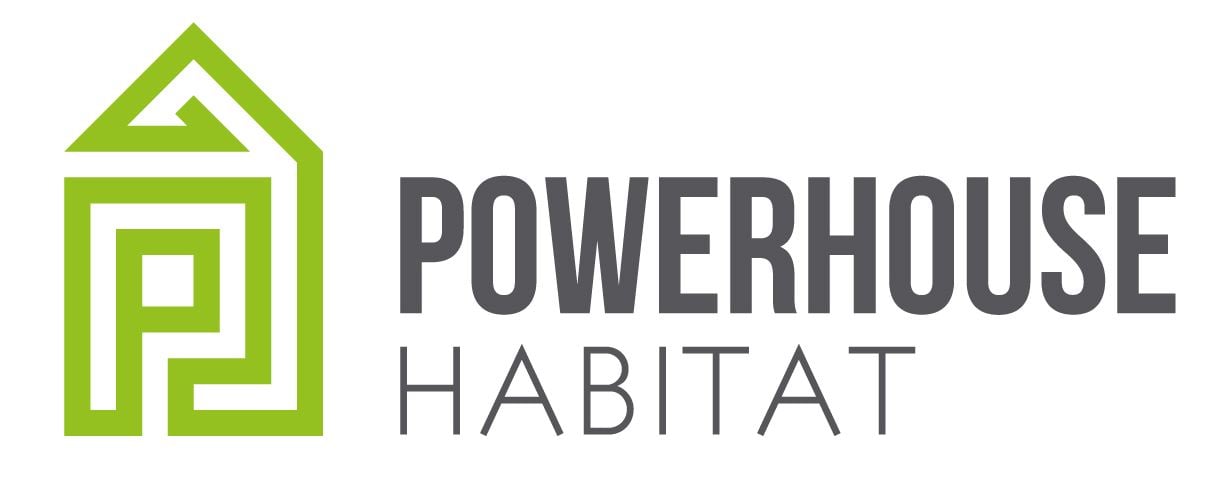
Powerhouse Habitat aims to implement a “massive housing acquisition policy”.
“To play a major role in the French residential market, by means of a policy of massive acquisition of housing to rent out at the intermediate level”: this is the aim of Powerhouse Habitat, Daniel Rigny, founder of TwentyTwo Real Estate, which set up this real estate company at the end of 2017, explains to AEF. Currently the owner of 6,700 single-family homes bought from EDF, Powerhouse Habitat aims to own a real estate portfolio worth three billion euros within three years. To achieve this, it plans to “acquire other housing portfolios from companies”, as well as “develop a dialogue with social landlords” to buy back from them homes in the open sector or that are no longer subject to conventionnement.
At the end of 2017, you launched Powerhouse Habitat. What does it do?
The aim of this real estate company, created by TwentyTwo Real Estate and bringing together the institutional investors BNP Paribas Cardif, Société Générale Insurance and the OPCI BNP Paribas Diversipierre, is to play a major role in the French residential market, by means of a policy of mass acquisition of homes for rent at the intermediate level. At present, the property company’s portfolio comprises some 6,700 single-family homes with a value in excess of one billion euros. These homes were sold in 2000 by EDF, which was looking for new cash. Powerhouse Habitat bought them back in December 2017 from two investment funds.
They are still occupied by employees working for the group, on nuclear power plants, and are therefore mainly located in the regions of these, on the coastal zone and major rivers. TwentyTwo Real Estate’s subsidiary Scaprim is responsible for managing these corporate housing units on behalf of Powerhouse Habitat and EDF.
How does your model differ from that proposed by CDC Habitat funds or Action Logement’s new In’li company?
The FLI scheme managed by CDC Habitat focuses on the acquisition of new homes subject to intermediate rental housing regulations. Similarly, In’li has set a production target of 80,000 units in the Paris region subject to FLI regulations. These regulations require rents to be capped at 15% to 20% below market rates. Powerhouse Habitat focuses on the acquisition of older homes in the unrestricted sector, with a rental positioning at intermediate rent levels, ranging from 7 to 12 euros in the regions.
You’re aiming for 3 billion euros in real estate assets within three years. How do you intend to achieve this?
We plan to acquire other housing portfolios from companies. For example, we are going to position ourselves in the SNCF portfolio, for which the company has begun a disposal process. We are also in the process of developing a dialogue with social landlords to see whether we could buy out their properties in the open market or those no longer subject to contractual agreements. Social landlords need to find new sources of financing, as their resources are constantly diminishing, but production requirements are as important as ever.
So housing is once again becoming an attractive asset class for institutional investors?
Daniel Rigny: Yes, housing has a certain appeal, because even though it generates lower current yields than other asset classes, it has very low volatility. The rate of obsolescence is also lower for housing than for offices, for example. In Germany, the model of listed real estate companies investing in the residential segment has been highly developed. These offer a dividend yield of between 3.5% and 5% on the equity invested, which is possible with the model we are developing. After taking into account the financial leverage effect (i.e. rental income less the cost of debt), we too are capable of achieving a current return on equity of 5%.
In view of your business, what do you retain from the discussions surrounding the draft Elan law and the consensus conference on housing?
Yes, we find the proposals to liberalize the property policy of social landlords by facilitating HLM sales to tenants interesting. The message delivered by the government is a positive one, as it could create a windfall for our business. Social landlords represent a major stake for us, in that there are around 5 million housing units in this sector, including around 13% of rental units at intermediate or more subsidized rent levels, representing an estimated value of 30 billion euros. I believe that, in the long term, provisions should also be put in place to facilitate the sale of subsidized housing by HLM organizations.
As for the measures dedicated to institutional investors in the draft Elan law, for the time being they concern measures essentially aimed at new or quasi-new construction (freeing up land, simplifying town planning procedures and the act of building, converting offices into housing), and are therefore a little on the fringe for us, even if they are necessary because demand is strong.
Copyright AEF Urbanisme Habitat